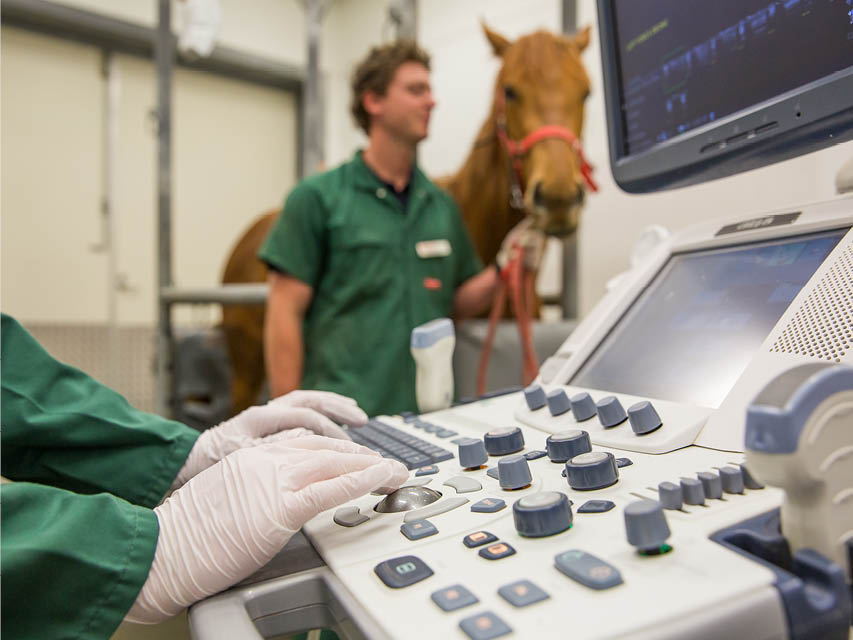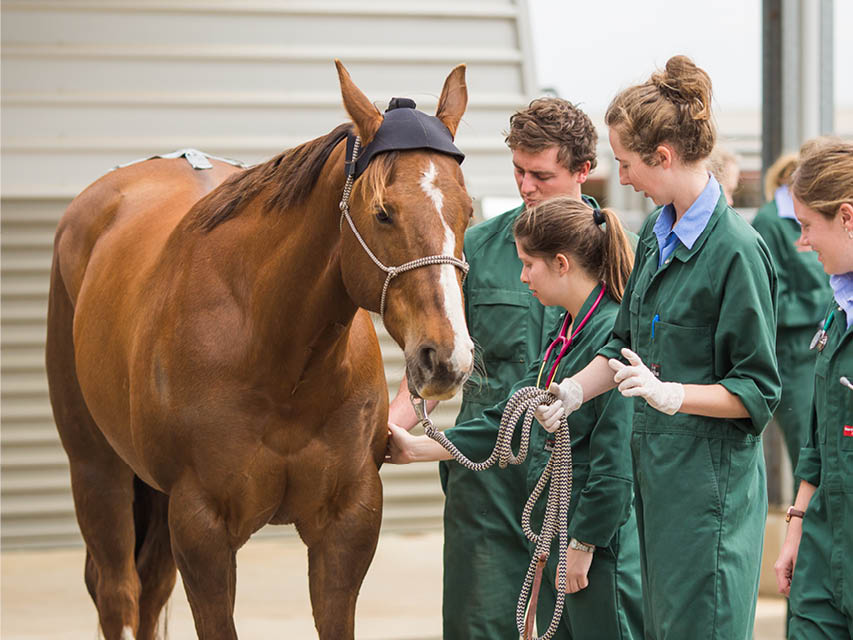Have you ever thought about how fulfilling it would be to work with animals every day? Well, if you love animals and want to make a difference in their – and their owners’ – lives, becoming a veterinary technologist (colloquially known as vet tech) could be your perfect career. As a vet tech, you’ll play a critical role in ensuring pets and other animals receive the best medical care possible. Moreover, with the increasing number of pet owners and the growing importance of animal health, the demand for skilled vet techs is on the rise. The question is: what does a veterinary technologist do, exactly? And how do they fit into the teams of professionals working across the veterinary industry?
We’re glad you asked. Let’s take a look.
What does a veterinary technologist do day-to-day?

Every day as a vet tech is an adventure. Your days will be filled with a variety of tasks and challenges. It will no doubt be emotional at times, joyous at others, and always rewarding.
One of the primary responsibilities of a veterinary technologist is patient care. Often you’ll be the first person from the veterinary team to interact with animals and their owners, providing comfort and reassurance. You’ll also be doing everything from administering medications and treatment plans to monitoring vital signs, and assisting in surgeries and dental procedures. Vet techs prepare patients for surgery and monitor them during anaesthesia. They also monitor the animals during and after procedures to ensure they are comfortable and safe, and adjust pain management plans as needed.
Diagnostic procedures are another key aspect of a vet tech’s job. Think of this as playing the part of a detective determining disease and injury. It involves things like collecting blood, urine and tissue samples, performing lab tests and conducting imaging procedures to determine what’s wrong with an animal. As a result, vet techs must be skilled in using various diagnostic tools and be able to interpret the results accurately.
You’ll also educate pet owners on how to care for their pets. Provide post-operative care instructions. And answer any questions they may have. And explain sometimes complex medical information in a way that owners can understand.
Along the way, you’ll also be responsible for keeping accurate patient records. This helps ensure continuity of care across the veterinary team. Moreover, you’ll help keep equipment, instruments and facilities clean and stocked with all necessary supplies. This behind-the-scenes work is crucial for the smooth operation of the veterinary clinic.
Essential soft skills for veterinary technologists

To be a top-notch vet tech, you’ll need lots of technical skills, of course. However, soft skills are equally important and can make a significant difference in your effectiveness in the role.
For example, compassion and empathy are at the heart of being a veterinary technologist. Comforting animals and their owners requires a kind and understanding nature. You’ll need to be patient and gentle, especially when dealing with scared or injured animals.
Communication skills are also essential. You’ll convey information to veterinarians, fellow staff members and owners. You’ll need to explain complex medical conditions and treatment plans in a way that is easy for non-medical people to understand. Good communication also involves active listening. This ensures that you fully understand the concerns and questions of owners, and so can respond appropriately.
Another crucial soft skill for vet techs is attention to detail. Ensuring accurate medical records and treatments can, after all, be a matter of life and death. Mistakes can have serious consequences, so a meticulous approach to your work is necessary. This includes double-checking dosages, verifying patient information and keeping detailed records.
Problem-solving skills are vital for quickly addressing unexpected issues during procedures. Animals can be unpredictable, and emergencies can arise without warning. Being able to think on your feet and come up with solutions is a valuable vet tech trait.
Finally, teamwork is key for collaborating effectively with the veterinary team. Veterinary clinics are environments where everyone needs to work together for the best outcomes. Being a team player means being reliable, supportive and willing to help out wherever needed. Teamwork makes the dream work, they say, and it’s especially true in veterinary care.
What’s the difference between a veterinary technologist and a veterinary nurse?

These two roles might seem similar, and often their titles are used interchangeably. However, there are key differences between vet techs and vet nurses. Vet techs undergo more extensive training than vet nurses. Vet techs complete a bachelor’s degree, while vet nurses can enter their profession with a Certificate IV in Veterinary Nursing from TAFE. As such, a vet tech has a broader remit of responsibilities. These include tasks like diagnostics, anaesthesia and laboratory work that vet nurses don’t tend to perform. Vet nurses do complete these tasks, but vet techs have a more in-depth knowledge of these concepts and have higher level skills that enable a vet tech to have a deeper understanding of veterinary concepts.
Studying to become a veterinary technologist, with those higher level skills, also opens up a wide range of career opportunities, including multi-disciplinary research, specialist hospitals, not-for-profit organisations, government and biosecurity agencies, and commercial veterinary laboratories.
Working together – under the guidance of veterinarians and veterinary surgeons – both vet techs and vet nurses help ensure the very best care is delivered to all patients, whatever their species!
How to become a veterinary technologist
If you’re ready to embark on the adventure of a career as a vet tech, your first step is getting a degree. The Bachelor of Veterinary Technology at Charles Sturt University covers everything you need to know. It combines both theoretical studies and hands-on practical experience with real patients in our campus clinics and on placements in the wider industry.
So when you graduate you’ll be ready – and confident – to embrace any of the wide number of vet tech career opportunities, whether in a clinic, animal hospital, research facility or zoo.
Turn your passion for animals into a career and be the backbone of effective and empathetic veterinary care.
Did you know? There are several ways to secure entry into the Bachelor of Veterinary Technology course. You could complete the free five-day Science, Technology and Health Direct Entry Program, explore TAFE to uni pathways, or apply via the Charles Sturt Advantage early offer program.



You must be logged in to post a comment.